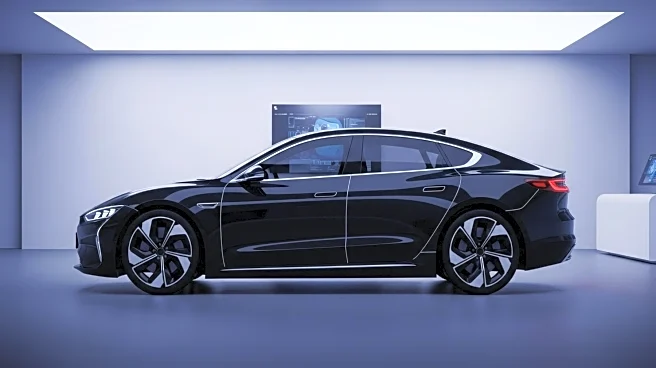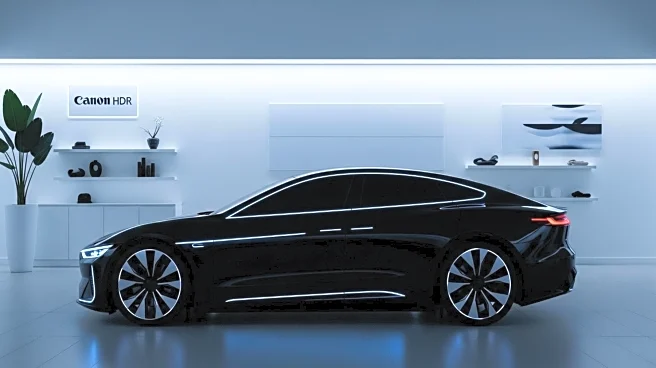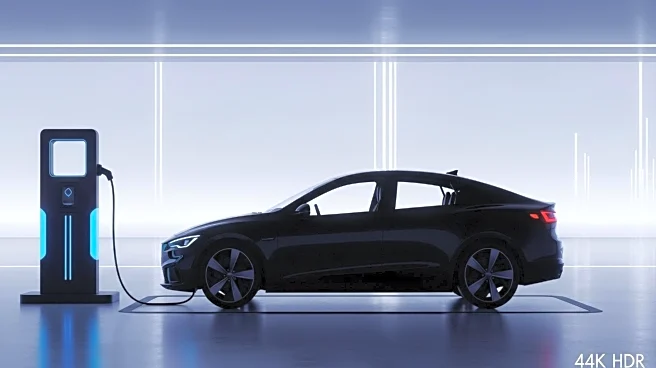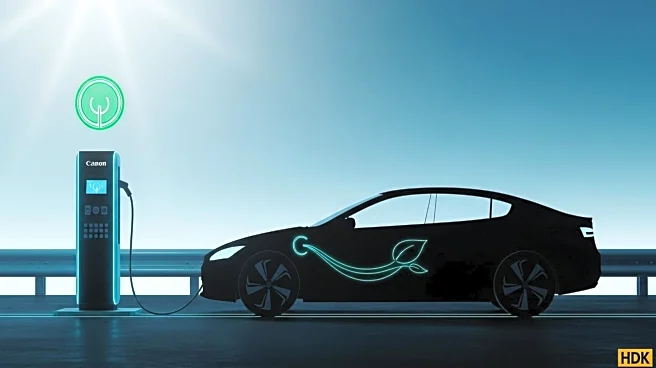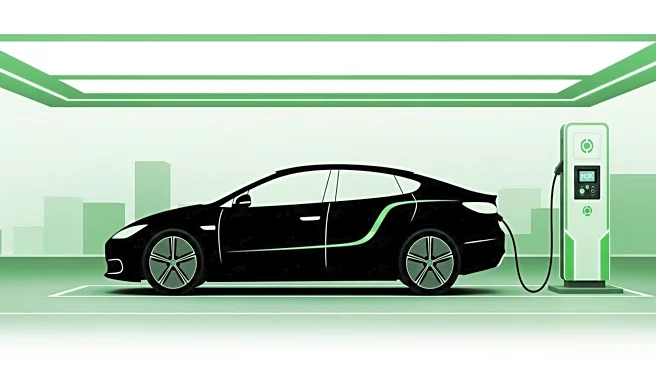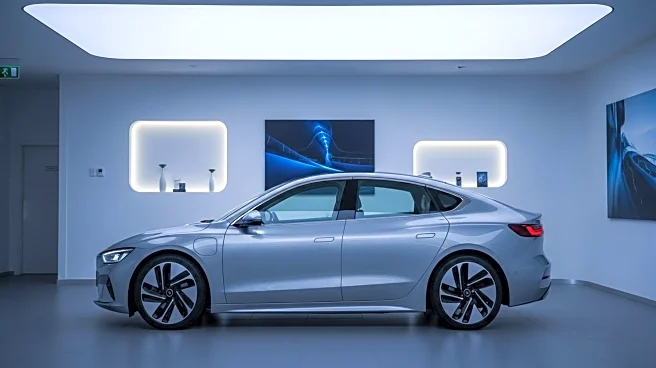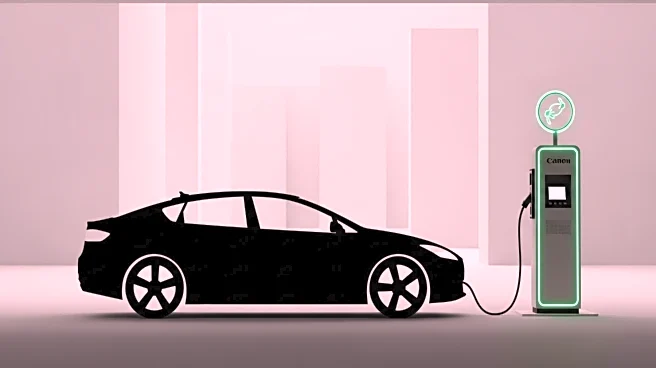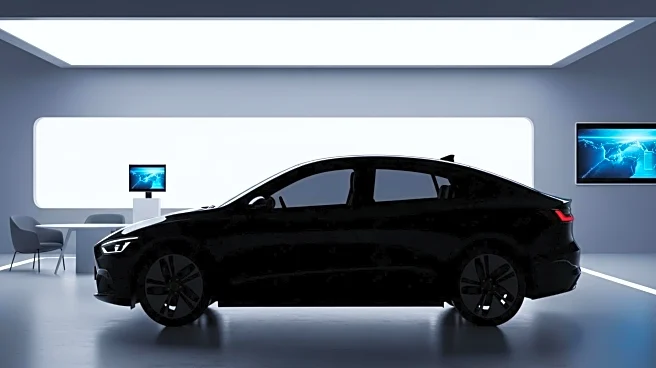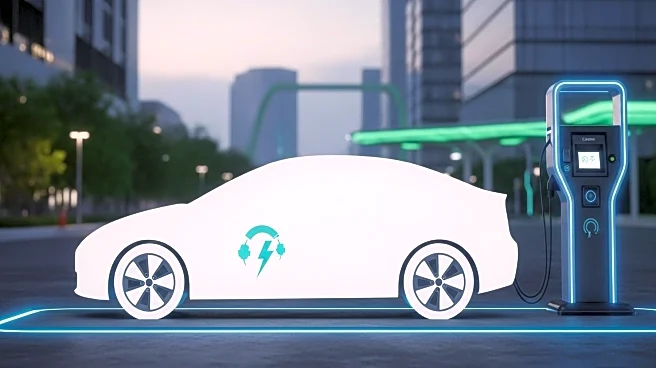What is the story about?
What's Happening?
Tesla has introduced entry-level versions of its Model Y and Model 3 electric vehicles, aiming to make its cars more accessible to a wider audience. The new configurations are stripped-back versions of existing models, reducing the entry price point without introducing entirely new vehicles. The Model Y Standard Rear-Wheel Drive starts at $39,990, offering an EPA-estimated range of 321 miles and a peak charging rate of 225 kW. It features a 69 kWh battery and produces approximately 300 horsepower. The Model 3 Standard Rear-Wheel Drive is priced at $36,990, sharing similar hardware and software characteristics, including a 69 kWh battery and a range of 321 miles. Both models have manual adjustments for seats, steering wheel, and mirrors, and omit certain features like Autosteer, although traffic-aware cruise control is standard.
Why It's Important?
This move by Tesla is significant as it addresses the growing demand for more affordable electric vehicles amidst rising average vehicle transaction prices in the U.S. By offering lower-priced models, Tesla is likely to attract first-time EV buyers who may have previously considered cheaper alternatives. This strategy could expand Tesla's market share and reinforce its position as a leader in the electric vehicle industry. The introduction of these models also highlights Tesla's focus on maintaining its core strengths, such as long-range capabilities and fast-charging technology, while making its vehicles more financially accessible.
What's Next?
Tesla's decision to offer more affordable models may prompt other electric vehicle manufacturers to reconsider their pricing strategies to remain competitive. As the demand for electric vehicles continues to grow, Tesla's approach could influence market trends and consumer expectations. Additionally, the availability of these models may lead to increased adoption of electric vehicles, contributing to broader environmental goals and the transition to sustainable transportation.
Beyond the Headlines
The introduction of these models could have long-term implications for Tesla's brand image, shifting focus from luxury to accessibility. This strategy may also impact the company's production and supply chain dynamics, as it adapts to meet the anticipated increase in demand. Furthermore, the move could stimulate discussions on the balance between affordability and technological innovation in the electric vehicle market.
AI Generated Content
Do you find this article useful?


